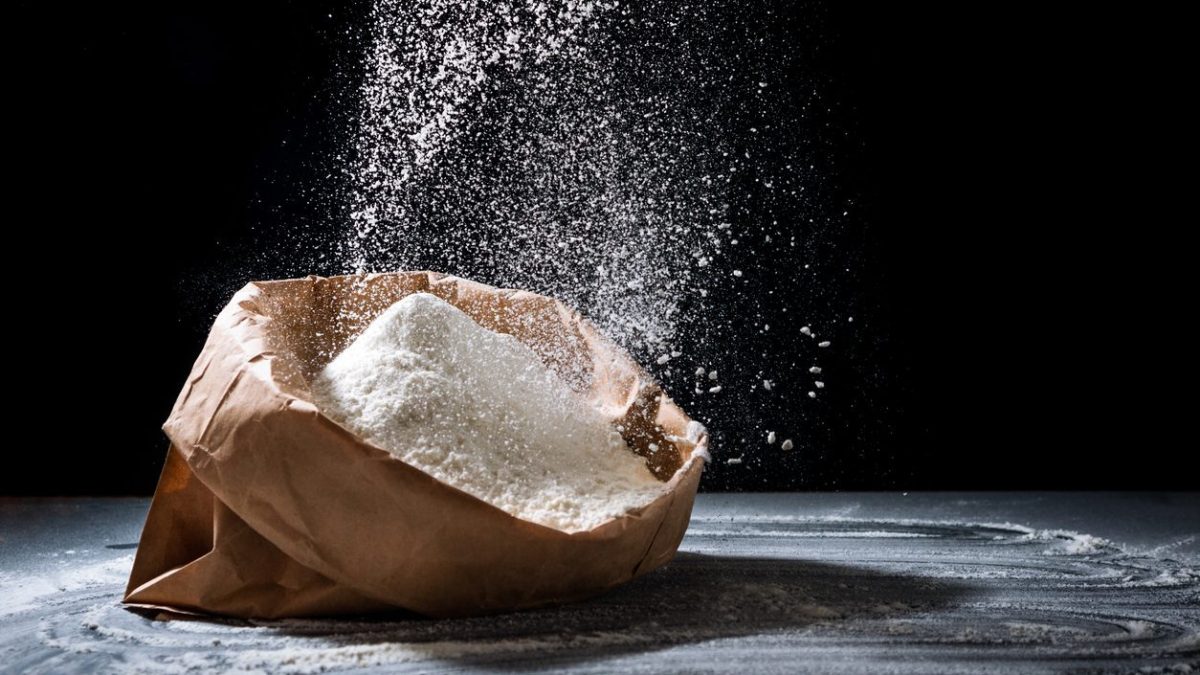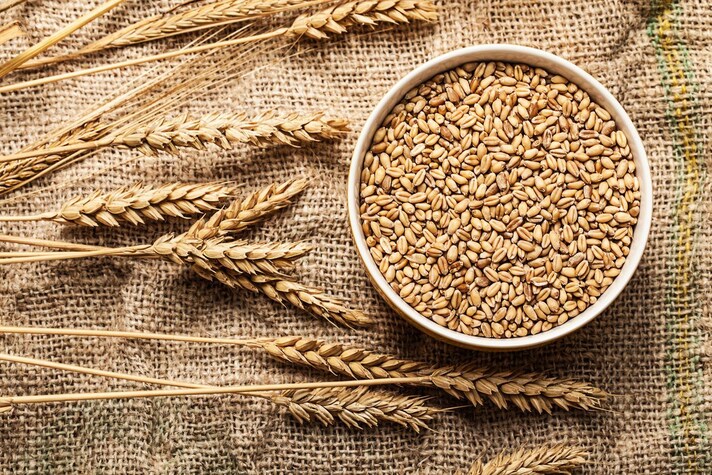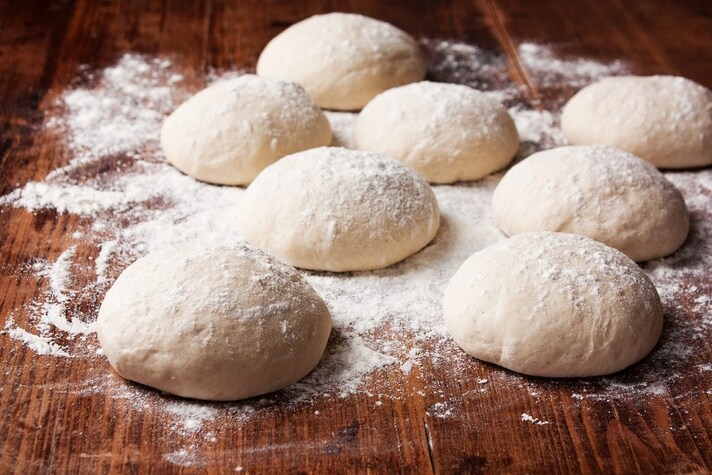
Manitoba flour is a strong flour produced by processing soft wheat. Manitoba, also called "American flour", owes its name to the place of production: the wheat used is in fact grown only in the regions of North America and in the homonymous region of Canada. It is a "strong" flour particularly suitable for bread, pizza and baked goods: its price is slightly higher than the more common white flours, but its properties are truly special and we find it more and more often on the shelves of our grocery stores (even globally). Let's find out everything there is to know about Manitoba and how to use it best for our recipes.
What is Manitoba Flour? Productions and Characteristics
We are talking about a flour made from soft wheat Triticum aestivum grown in the Canadian region of Manitoba: a fairly common type of wheat that however stands out for its resistance to low Canadian temperatures. The resistance of this wheat comes from the high percentage of proteins and gluten present in the grains, which make Manitoba not only a strong flour but also unsuitable for those who suffer from celiac disease or gluten intolerance.

When we say "strong" flour we mean a type of flour with a baking index higher than 170 W and Manitoba, with its index higher than 350 W, definitely falls into this category. On the market we find Manitoba in the "00" form, a refined form without bran: its nutritional properties make it very similar to normal flour, with one exception regarding the percentage of proteins which in Manitoba can reach 15% (compared to 10% of white flour).
How to Use Manitoba Flour in Cooking

The long processing of the wheat makes this flour tenacious, capable of absorbing a lot of water and therefore very elastic, particularly suitable for long leavening doughs that can last up to 24 hours. In Italian pastry making it is widely used, for example, to prepare panettone, pandoro and colomba, which require a long resting time; while, in savory recipes, it is very useful for kneading bread, pizza, focaccia, baguette and pasta. Last but not least, Manitoba flour, thanks to the high presence of gluten, is perfect for preparing Seitan, also called "wheat meat", very useful for those who follow a vegetarian diet.
;Resize,width=767;)
